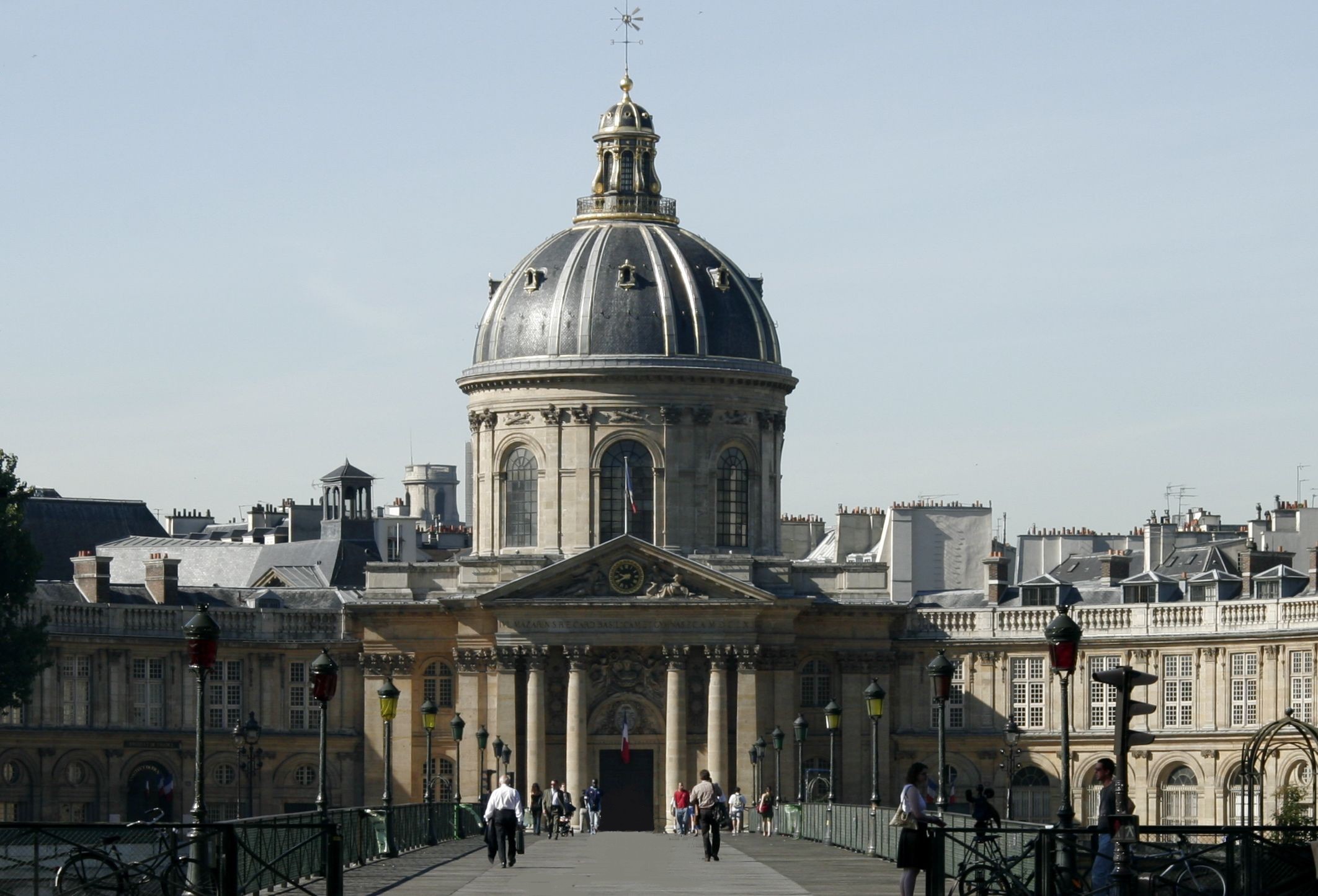4.2 Purpose and Audience in Later European and American Art
2 min read•june 18, 2024
Laurie Accede
Laurie Accede
AP Art History 🖼
34 resourcesSee Units
Overview
Purpose and audience are important factors that shape the production and reception of art. The purpose of an artwork can refer to the artist's intentions, the message they wish to convey, or the function of the piece. The audience refers to the group of people for whom the artwork is intended.
In later European and American art, the purpose and audience of an artwork varied. Some artists sought to express personal emotions or political views, while others created art for commercial or decorative purposes. In this period, the sale of art to the public also increased, meaning that the sole patrons of art were no longer the Church or people of high status.
Furthermore, art was also displayed in public exhibitions like museums and galleries. This all led to an increase in the production of art.
Another change in the art world, was the diminishing importance of academies. Academies were institutions that provided formal training in art. They also preserved traditional artistic techniques and style. However, in this era of art, artists sought individualism. They rejected traditional styles and became innovative. This is why you notice the rise of "-isms" and various artistic movements. Some artists even created art without patronage, so they were not limited to the preferences of their commissioner.

Academy of Fine Arts in Paris. Image Courtesy of Wikipedia
Finally, the last element in this topic, as stated in the AP Art History CED, is that "women artists slowly gained recognition as many [sought to express] their individuality..." (pg. 136).
That's all for this topic in Unit 4 of AP Art History. Good luck and happy studying! 😊
Browse Study Guides By Unit
🗿Unit 1 – Global Prehistoric Art, 30,000-500 BCE
🏛Unit 2 – Ancient Mediterranean Art, 3500-300 BCE
⛪️Unit 3 – Early European and Colonial American Art, 200-1750 CE
⚔️Unit 4 – Later European and American Art, 1750-1980 CE
🌽Unit 5 – Indigenous American Art, 1000 BCE-1980 CE
⚱️Unit 6 – African Art, 1100-1980 CE
🕌Unit 7 – West and Central Asian Art, 500 BCE-1980 CE
🛕Unit 8 – South, East, and Southeast Asian Art, 300 BCE-1980 CE
🐚Unit 9: The Pacific, 700–1980 ce
🏢Unit 10 – Global Contemporary Art, 1980 CE to Present
📚Study Tools

© 2024 Fiveable Inc. All rights reserved.